September is a good time to plant trees as the soil is still warm but beginning to become moist. This will encourage early root growth and help the trees start to establish before they become dormant in the winter.
There are a few things to consider before purchasing a tree. Fruit or Flowering? Big or Small? Space may be a factor but there are trees for every garden.
Flowering Cherry Trees
Flowering cherry trees have long been a favourite in many gardens, there are so many colours and shapes from double flowers, weeping and even narrow, they are tolerant of chalk too. “The flagpole cherry”, Prunus Amanogowa, which means “heaven’s river” in Japanese, takes up very little space is as its name suggests a very upright tree, up to a height of 4m with clusters of double light pink flowers in spring.
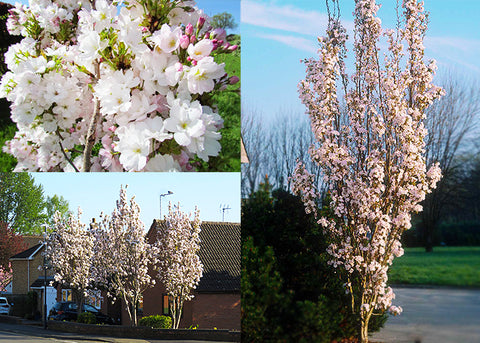
Autumn colours on all the cherries are beautiful especially Prunus Sargentii, (The Sargent Cherry) it has bronze red leaves in summer turning Brilliant red and maroon in the autumn. In March it produces large pink flowers and a lovely rounded shape this tree will reach a maximum height of 6m.
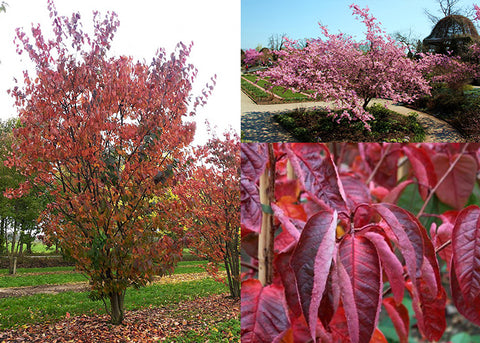
Crab Apple Trees
Probably one of the best small to medium sized trees for the garden are Malus the Crab Apple. For both the blossom in the spring and the fruits in late summer and a good autumn colour it cannot be beater for as a good year-round tree. One of the earliest fruiting is Malus baccata Pink Glow, ideal for making jelly, its single white flowers followed by bright pink fruit. Malus will grow well in all soils except waterlogged, they prefer full sun but will tolerate some shade.
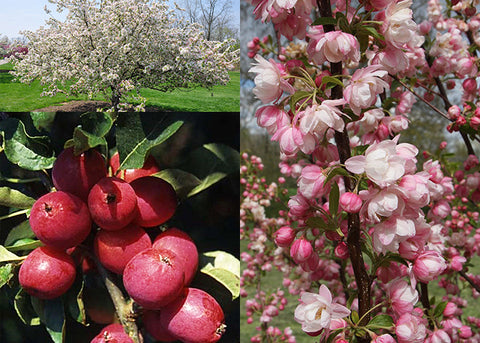
Magnolia Trees
Magnolias are some of the most beautiful trees for most gardens. Their scented flowers range in colour from pure white through to yellow pinks to almost black reds. They prefer shelter from cold winds. Tolerant of clay, most prefer a slightly acid soil, growing to maximum heights of 6m although smaller varieties are just as attractive. Magnolia Black Tulip has one of the darkest blooms. Flowering from a young tree it can occasionally produce a second flush of flowers in mid to late summer.
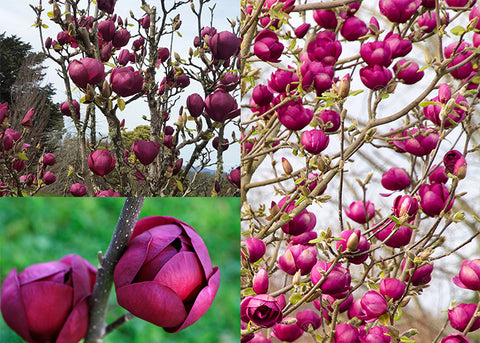
Magnolia Stellata Royal Star, silvery buds open to a large pure white flower. Stellata refers to the star shaped form of this flower. Grows well in areas more prone to frost.

Tulip Tree
If you have more space you may want to consider the “Tulip Tree” Lirodendron Tulipifera Aureomarginatum, Sound’s a mouthful but aureomarginatum just means yellow leaf edges, this can grow to be a large tree of over 6m. In June it will produce beautiful tulip shaped flowers with yellowish green tints, its flowers attract bees and other pollinators. Patience is required as it only blooms as a mature specimen. The leaves turn yellow in the Autumn and grows well on all soil types.
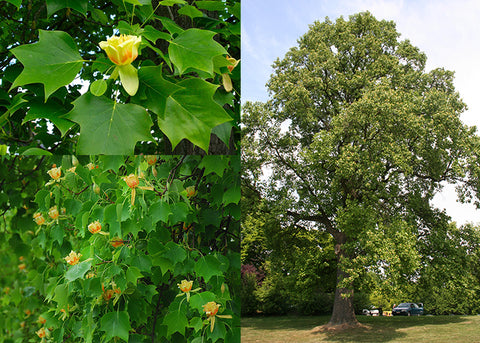
For more information on trees at In-Excess please contact one of our garden centres and our knowledgeable staff will be able to help you. Our trees are currently in stock at the moment!
How to Plant Trees
The best time to plant a container grown tree is from mid-August to the end of May.
- Check you have chosen a safe space for planting your tree. Be considerate of utilities above and below the desired space.
- Water your container grown tree before planting. If you are planting a bare root tree and the roots are dry, soak them in water for about 2 hours prior to planting.
- Dig a hole that is one and a half times the size of the tree pot both in width and depth. Ideally the roots will be at least 2 inches below the final top layer of the soil.
- Break up the soil at the bottom of the hole. If the soil is all very heavy, then scour the edge of the hole with a fork.
- Sprinkle a good handful of Fish Blood & Bone meal across the bottom of the hole.
- Remove the tree container. Check the root ball for circling roots and straighten, trim or cut them.
- Place the root ball into the hole and check the tree trunk it is straight. Have someone view the tree from many angles to check the tree is indeed as straight as possible.
- Decide whether you want to stake the tree. You can hammer a stake in before or after backfilling your tree.
- Backfill the hole around the tree gently but firmly. Make sure you stabilize the tree and firmly pack the soil to get rid of pockets of air.
- If planting in a lawn, do not replace the removed lawn around the base of the tree. The grass will soak up and steal the nutrients from the tree. The spare lawn can be placed upside-down in a compost heap.
- Mulch the base of the tree. Use a layer of 2 – 4 inches of mulch all around the tree, however, keep the mulch layer at least 1 – 2 inches back from the trunk.
- Care for your tree. Trees will take about a year to become established so will require regular watering. The level of watering required will depend on the tree and the weather conditions – keep the soil moist – but not water-logged!

What are the Benefits of Planting Trees?
- Air purification. Trees absorb pollutant gases such as nitrogen oxides, ozone and sulphur dioxide. Trees also absorb odours as particles in the air get trapped in leaves.
- Cooling effect. Trees release moisture and provide shade which creates a cooling effect in summer.
- Boost biodiversity. Trees are a natural food source and habitat for wildlife such as birds, squirrels and insects.
- Increase soil fertility and moisture. Decaying leaves put nutrients back in the soil, as well as keeping moisture in the soil. They also promote microorganism development.
- Free food! Growing fruit trees in your garden is a wonderful way to produce food.
- Beauty and happiness. Being in the presence of trees has been proven to reduce stress and boost your overall mood.


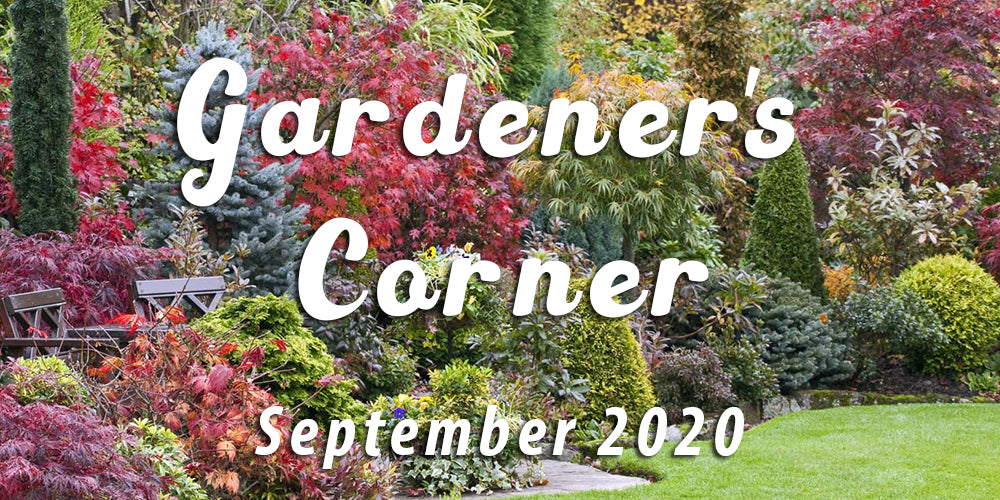
2 comments
In-Excess Guru
Hi Emily,
I would recommend patio fruit which are designed for pots and are compact so perfect for small areas/patios. James Grieve, Elstar & Jonagold are some varieties of apples available in this size. Comice, Louise & Beurre Hardy are some pears in this range, from £22.99 to £24.99 in our Garden Centres.
Smaller fruit trees can be planted in the ground or a pot (a pot will restrict their height if you want them to remain compact) range between £17.99 and £24.99 in our Garden Centres. Similar varieties again for pear; Comice, Beurre Hardy, Williams & Conference are a nice option. Some smaller apple tree varieties are Jonagold, James Grieve, Fiesta & Cox’s.
I hope that helps!
Emily
Can you get small growing fruit trees. We are thinking about,an eating apple,and pear tree. Any advice please. Emily